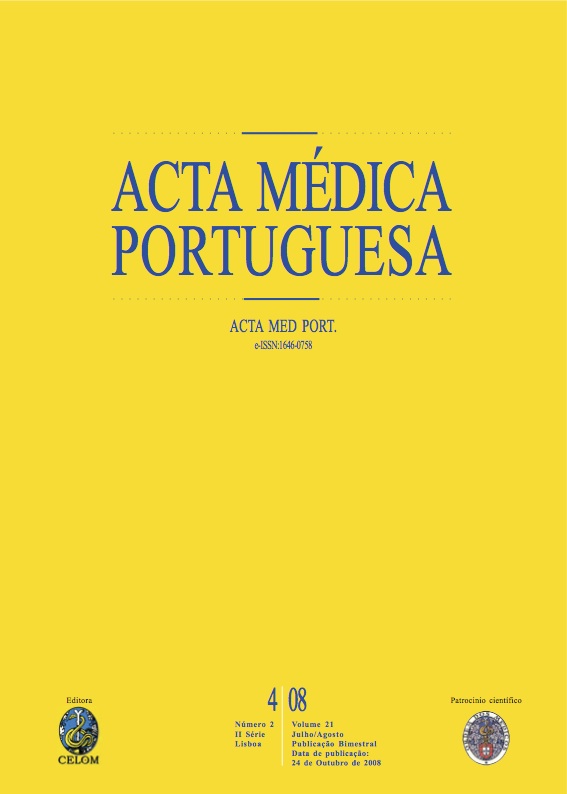Drug rash with eosinophilia and systemic symptoms (DRESS syndrome).
DOI:
https://doi.org/10.20344/amp.794Abstract
Adverse cutaneous reactions to drugs are frequent, affecting from 2% to 3% of all hospitalized patients. But only about 2% of these cutaneous reactions are severe and seldom are fatal. The term drug hypersensitivity syndrome refers to a specific severe drug reaction, including skin rash, fever, lymph node enlargement, and single or multiple organ involvement. The cutaneous rash is usually morbilliform. The drugs associated with the syndrome are: anticonvulsants, ACE inhibitors, Beta-blockers, allopurinol and sulphonamides. The differential diagnosis includes maculopapular rash, exfoliative dermatitis, acute generalized exanthematous pustulosis and Sézary syndrome. The interval between the starting of drug therapy and the onset of cutaneous reactions may be at least one month, and therefore the implication of the drug in the aetiology may be subdiagnosed.Downloads
Downloads
How to Cite
Issue
Section
License
All the articles published in the AMP are open access and comply with the requirements of funding agencies or academic institutions. The AMP is governed by the terms of the Creative Commons ‘Attribution – Non-Commercial Use - (CC-BY-NC)’ license, regarding the use by third parties.
It is the author’s responsibility to obtain approval for the reproduction of figures, tables, etc. from other publications.
Upon acceptance of an article for publication, the authors will be asked to complete the ICMJE “Copyright Liability and Copyright Sharing Statement “(http://www.actamedicaportuguesa.com/info/AMP-NormasPublicacao.pdf) and the “Declaration of Potential Conflicts of Interest” (http:// www.icmje.org/conflicts-of-interest). An e-mail will be sent to the corresponding author to acknowledge receipt of the manuscript.
After publication, the authors are authorised to make their articles available in repositories of their institutions of origin, as long as they always mention where they were published and according to the Creative Commons license.









